In the animal kingdom, the sense of smell is a powerful evolutionary advantage. It helps animals detect prey over long distances, sense danger, identify mates, recognize offspring, and navigate territory. Compared to humans—whose olfactory ability is relatively poor—many animals experience the world in ways we can barely imagine.
So, which creatures have the strongest noses? This article presents 25 animals with the best sense of smell and explains how they rely on this extraordinary sense for survival.
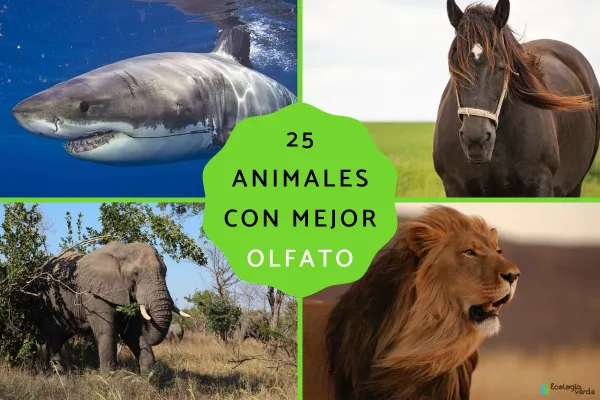
The great white shark can detect a single drop of blood in millions of gallons of water. They can sense wounded prey from 100 to 800 meters away. Their olfactory organs are located beneath the snout in paired capsules. Interestingly, their sense of taste is extremely limited, making smell their primary sensory tool for hunting.
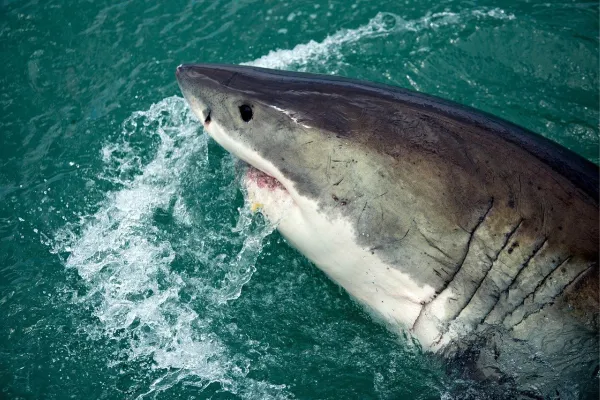
Moles are subterranean animals that have reduced eyesight but extremely developed olfactory abilities. Each nostril receives different information, allowing them to detect and pinpoint prey with remarkable precision. Species size ranges from 2.5 cm to 20 cm, and yet their smell guides them through the darkness underground.
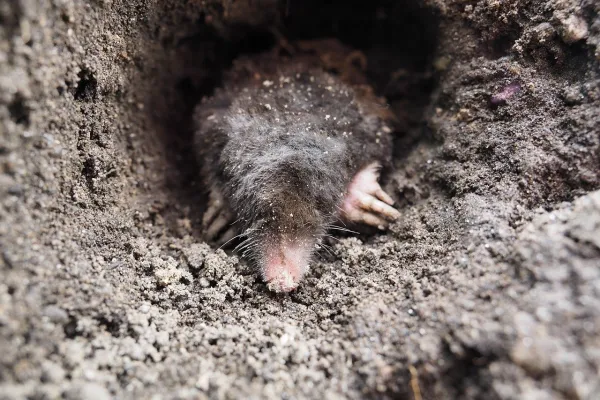
The African elephant is considered the animal with the strongest sense of smell in the entire animal kingdom. It has over 2,000 olfactory receptor genes—more than any other known animal. Their trunks help them detect water sources, food, and other Elephants-Are-Endangered.html">elephants from miles away.
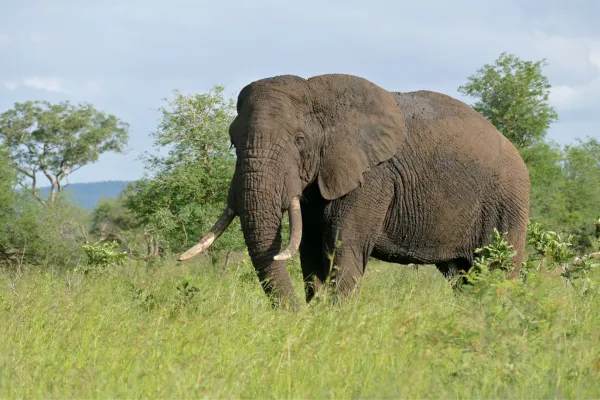
Horses have about 1,000 olfactory receptor genes and can smell water even when it’s underground. They also detect the scent of decay and will avoid areas where they sense danger. Horses use smell to remember people and animals they’ve previously encountered.
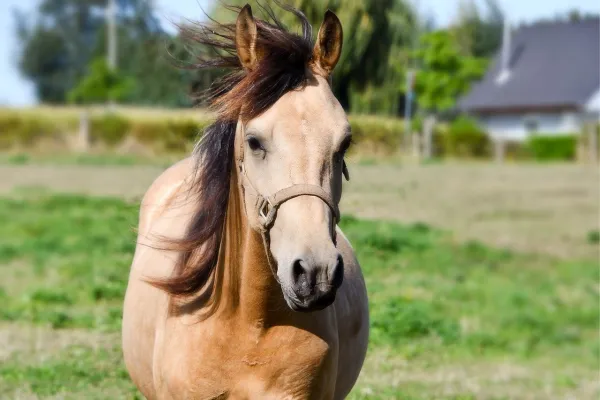
While lions rely heavily on sight, their sense of smell also plays a vital role. They can detect prey up to 1,600 meters away and use smell to find mates or avoid conflict by recognizing territorial scent markings.
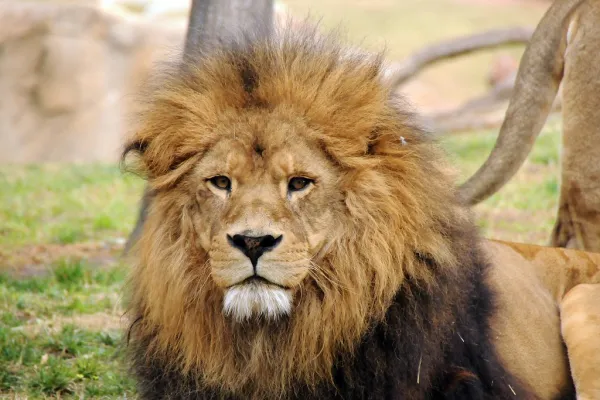
Snakes use their forked tongues to collect scent particles from the air, which are then processed by the Jacobson's organ. This allows them to detect prey and navigate their environment with incredible accuracy, especially in low-light conditions.
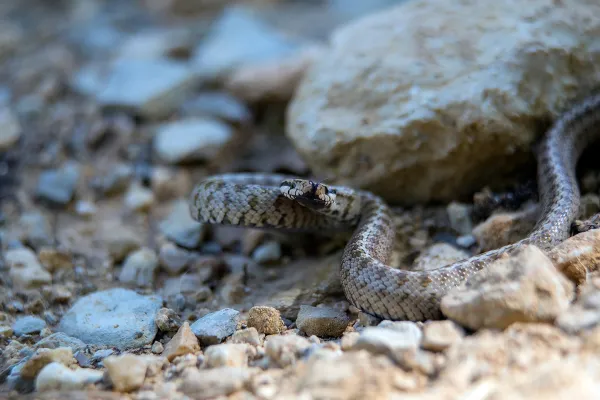
Rats have poor vision, especially since they’re nocturnal, so they depend on a powerful sense of smell. Their olfactory abilities are supported by the vomeronasal organ (Jacobson’s organ), which transmits information to the amygdala and hypothalamus for social and reproductive behaviors.

Hounds such as the Spanish bloodhound, basset hound, and German shepherd are famous for their incredible sense of smell. These breeds can detect scent trails that are up to 48 hours old. Loose skin around their face and drooling helps trap and hold scent particles.
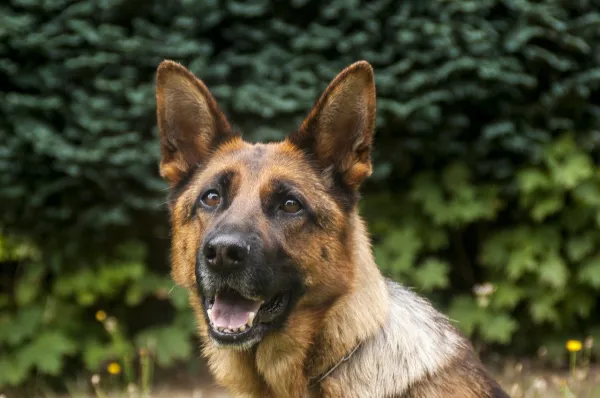
Surprisingly, cows have more olfactory receptor genes than dogs and nearly as many as rats. They can detect familiar scents—including humans—from up to 10 kilometers away. This ability helps them return home after roaming the fields.
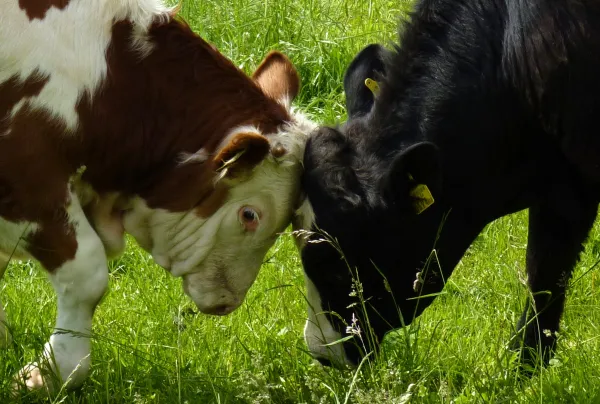
Pigs have a highly developed sense of smell, which has been used to locate truffles underground. They have around 1,113 olfactory genes—similar to horses and cows—making them outstanding scent detectors.
Rabbits use their strong noses to constantly explore their surroundings, detect food, recognize companions, and identify potential threats. Their twitching noses are constantly scanning the air for scent particles.
Wolves rely heavily on their sense of smell to track prey over long distances, locate pack members, and maintain social structure. Their ability to detect scent helps them survive harsh environments.
These rodents use smell to recognize each other and their human caretakers. They’re frequently used in behavioral studies on olfaction because of their keen scent detection abilities.
Grizzly bears have one of the most powerful noses on land. They can detect the scent of food or carrion up to 30 kilometers (19 miles) away, even when it's buried or underwater.
Some vulture species rely heavily on smell to detect dead animals. Soaring high in the sky, they can pick up the scent of decaying flesh from thousands of feet above ground.
While domestic cats are known for their sharp vision and hearing, their sense of smell is also impressive. They use it to identify humans, navigate territory, and locate food—even when it's hidden.
Many frogs use their sense of smell to locate mates and detect prey, especially in dark or aquatic environments where vision is limited.
Native to New Zealand, kiwis rely almost entirely on their sense of smell to locate invertebrates in the soil. They’re among the few bird species that primarily use scent for foraging.
Turtles—both aquatic and terrestrial—use smell to find food and identify suitable nesting or resting areas. Their olfactory system is well-tuned to both waterborne and airborne scents.
Ants have some of the most complex chemical communication systems in the insect world. Their antennae detect pheromones for trail following, threat response, and colony recognition.
Opossums rely on their sense of smell to find fruits, insects, and other small animals. They are primarily nocturnal and use scent to navigate and locate food in the dark.
These oceanic birds can detect the scent of prey like squid and fish from kilometers away, even while flying hundreds of meters above the ocean surface.
Polar bears have exceptional olfactory ability, allowing them to sniff out seals through thick layers of ice from more than 1.5 kilometers away—an essential survival skill in the Arctic.
Bees use their highly tuned sense of smell to detect floral scents, locate hives, and communicate via pheromones. Their olfaction is critical for pollination and hive organization.
Guinea pigs earn a second mention for their unique olfactory behaviors. Whether in laboratories or as pets, their scent-based recognition makes them fascinating subjects of study.
If you enjoyed learning about these 25 animals with the best sense of smell, check out our other wildlife articles to discover how animals use their senses to thrive in the wild.
Bibliografía
Niimura, Y., Matsui, A., & Touhara, K. (2014). Extreme expansion of the olfactory receptor gene repertoire in African Elephants-Are-Endangered.html">elephants and evolutionary dynamics of orthologous gene groups in 13 placental mammals. Genome research, 24(9), 1485-1496.
Beatty, R., Beer, A. y Deeming, C. (2010). El Libro de la naturaleza. Gran Bretaña: Dorling Kindersley
animal tags: Smell
We created this article in conjunction with AI technology, then made sure it was fact-checked and edited by a Animals Top editor.